 Hello guys!
Hello guys!
Wish you a very happy new year! I’m starting the year with the most frequently asked question “How to charge?”
Charging a fee is very subjective and differs from artist to artist. I’m going to share my personal view and experience on charging a fee down below!
Fee
When I started off, I assumed there is a fee that every beginner has to charge. There is no “beginner fee” for your talent & skill. You have to be really honest with yourself, compare your work with artists and illustrators whose work most closely resembles your own and ask yourself where you stand. Your fee could be as little as Rs.3,000 an illustration to Rs.15,000 an illustration (these are just random numbers being thrown around. YOU decide your worth).
Timeline
The first question I usually ask the client is “What is the timeline like?”
The logic is simple, if they are giving you plenty time to create your artwork – you can work at ease & you charge your nominal fee.
However, if they require the illustration “yesterday”(typical advertising terminology for ‘need it urgently’), then you need to stop everything you’re doing and work on this project asap.
In this case, time = money & your work life-personal life discipline matters as well so I usually charge about 25%-50% more than my usual fee.
Usage
Always make sure you clarify the usage rights of your artwork.
For example, a company requires an illustration for an internal office greeting card. Here, your client likely has a restricted budget since this illustration isn’t a part of their advertising/marketing budget; it’s from their ‘office maintenance/upkeep’ budget. This doesnt directly lead to sales.
This means your artwork should be used for the purpose of internal office use only. In case the client wants to use it for any other reason, the fee will be revised.
Why? Because a discounted fee was charged for that very reason- limited office use. In essence, narrow down usage rights as much as possible, this includes your design as a whole or partially (parts of your design) as well.
Clients
It is important to understand who your client is and only then charge a fee.
I usually categorize my fee into the following categories:
A – Clients who want the illustration for personal reasons (gifting, weddings, parties, etc.) Budgets here are really tiny because it is coming straight from their pocket for no monetary gains.
B i – Startups who are just starting up. These clients don’t have a large reach yet. Their audience is tiny, hence their returns are tiny. Which means that your illustration is benefiting them but only to a certain extent. Hence, budgets may not pay your entire month’s salary.
B ii – Startups that are big but not profitable yet (look up your client’s value on the internet!). These startups may have a large audience which means your illustration will help increase sales. They can afford quite a bit.
D – Established clients. These clients have a large audience. Their sales are massive and your illustration is only helping them push these sales more. They will have decent budgets.
Market price
Let’s compare onions to clothes. The price of onions is more or less the same because onions are more or less the same. Whereas, the price of clothing differs.
Lets say you want to purchase a t-shirt –
For a low budget, you can buy a t-shirt that will last you about a year which is low in quality and probably just a few styles.
For a slightly higher budget, you can buy a t-shirt that will last you longer, will be better in quality and you may have a larger variety of styles.
Similarly, every illustrator’s skills will differ & hence their price differs.
I received an e-mail once from a client saying “.. but the market price of illustrations these days is Rs.700 for one.” Instead of being upset at reading this, help your client understand why you’re worth what you’re worth.
A small note: you are not only charging your client for your end product but also a smooth process of creating an illustration. Your work may be fantastic but that is not the only factor a client is looking for. A definite timeline, prompt communication & helping the client understand your process is a part of the package.
Rate card
Hence, there is no such thing as a rate card either. You could provide your client with a vague estimate range, but your illustration fee depends on a lot of factors (timelines, who the client is, the usage, etc.)
Terms & Conditions
This is a huge lesson I learnt when I started pricing and I would love to share this lesson with you:
> Always charge an advance fee.
> Always charge a cancellation fee (Incase they don’t seem interested/ slack the project mid way – you have to be paid for the time/effort)
> Mention the number of changes you will allow. After which add an additional fee.
> Be strict about the usage. (For example: This can be used only on your social media handles. If you wish to use this for print, I will help you with a revised fee).
> Make sure you mention the number of options you offer. If they require more options, you charge more.
> No changes/alterations to the designs can be made without your consent. In case they have to be made, you charge them a fee for it.
The above are a few common terms you can clarify before beginning any project.
“Opportunity”
“This will be a great opportunity for you” , “I’m presenting you the opportunity to work with us” – I have heard these sentences more than I like.
Elaborating a real life incident further ahead.
I once got a call from an agency who wanted me to conduct an illustration workshop for a big shoe brand for an audience of 20-40 people which was going to happen over the weekend.
How I see it: Sure, this sounds like fun, plus big shoe brand on my portfolio will look great. Though I have to prepare for this for at least a couple days + spend my entire weekend at the workshop. Time given = 4 days. 4 days where I don’t take other projects and solely focus on the presentation.
“ We don’t have a budget but this will be a great opportunity for you since the audience will get to know you and there will be other industry biggies at the event too.”
This could be a great opportunity for someone who is interested in developing a career conducting workshops, or for someone who believes that mingling with industry biggies is a gain. I personally didn’t want much of either of those.
You decide to choose what an opportunity is for you. If your lifelong goal is to be a children’s book illustrator, this event is not an opportunity for it. It is a great way to make money. Don’t let anybody define opportunity other than yourself.
Barter
Lastly, barter deals are something that could be worked out incase the client doesn’t have big budgets. If you really want to work for the brand but they don’t have good budgets – you could propose a barter deal for their products/ services. I have been approached for many barter deals and the best way to deny a barter deal is with honesty. If you don’t see yourself promoting or using a certain product, refuse the barter deal.
Flexibility
Having said all of the above, I always believe in flexibility. If the client is someone I wish to work with or if I truly believe in their brand’s business model, I try being flexible in terms of pricing. Sometimes you do come across brands and clients that are wonderful to work with & you truly want to benefit their brand. WORK WITH THEM, help them grow! 🙂 (not sorry for the punny illustration)

These are more or less the things I keep in mind before charging a client. You could also read this link written by Jessica Hische which is a great guide as well.
This is my personal take on charging a fee. If you have any contributions to this article, do post in the comments below! 🙂
Psst. Valentine’s Day products launching on the coming Wednesday! Stay tuned!
Want to hear more about upcoming blog posts, new product launch, giveaways, promo codes, etc.? Just fill in your details and hit subscribe! 🙂

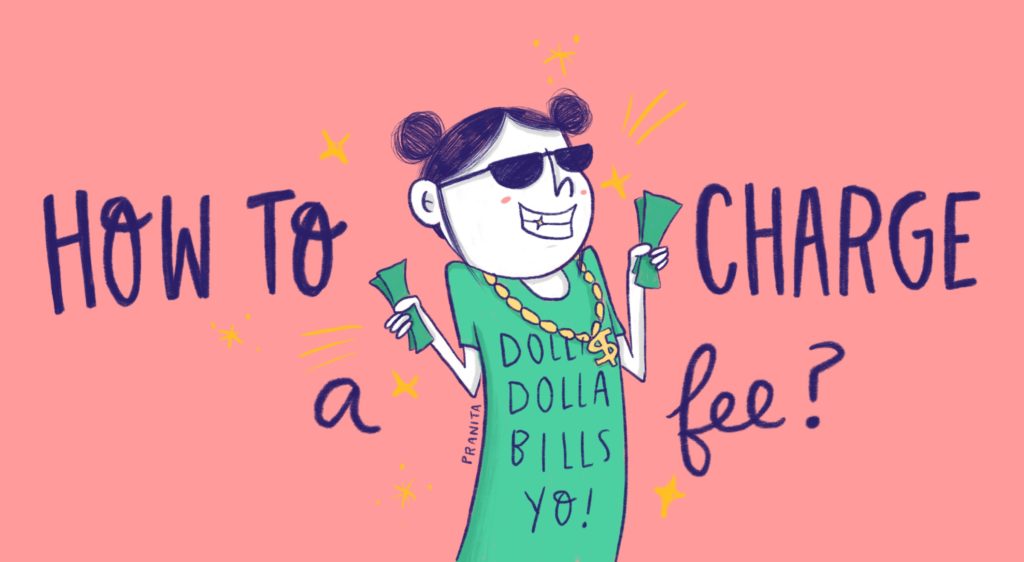
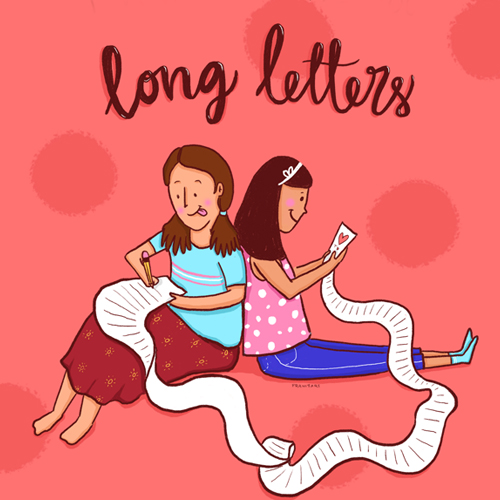

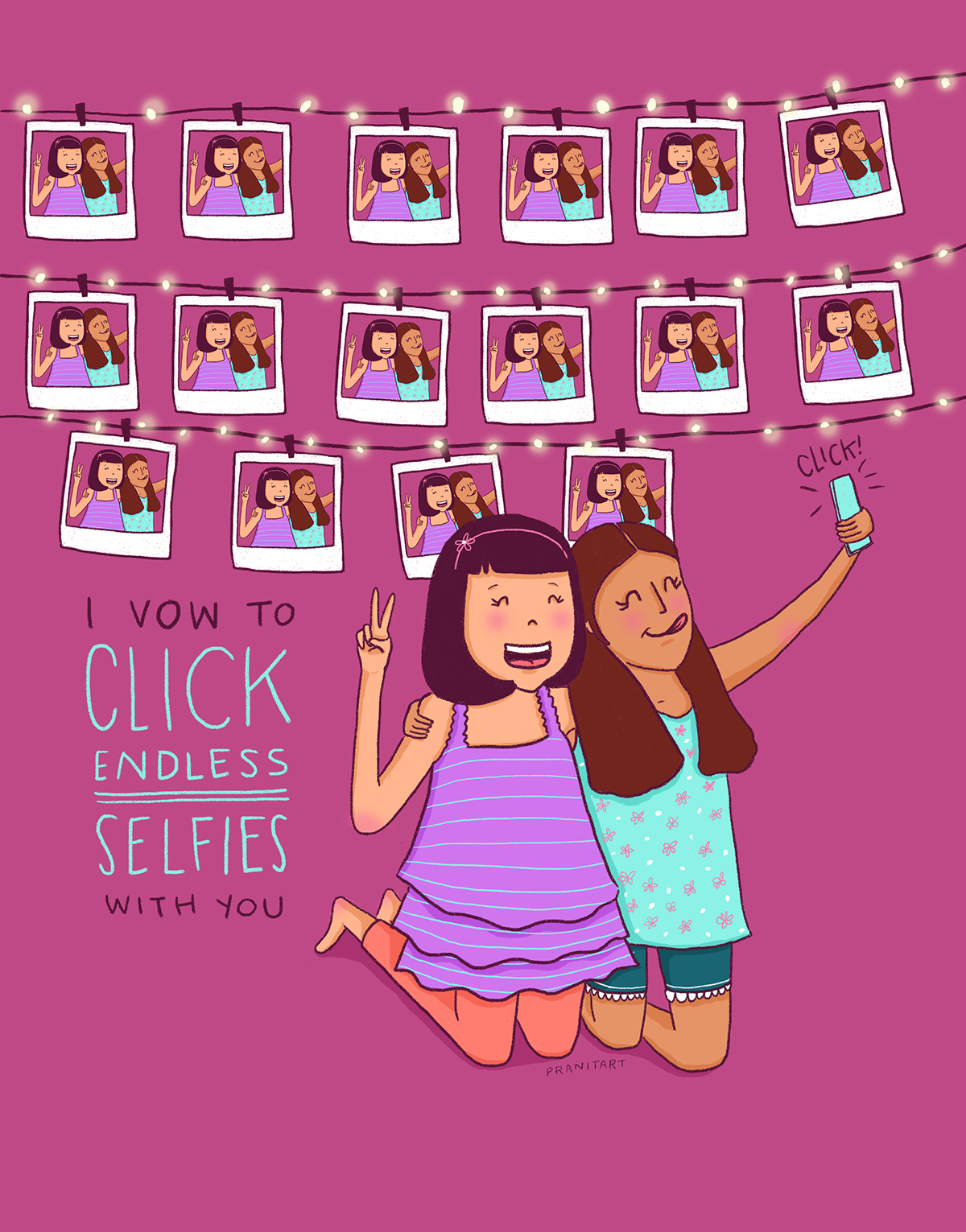
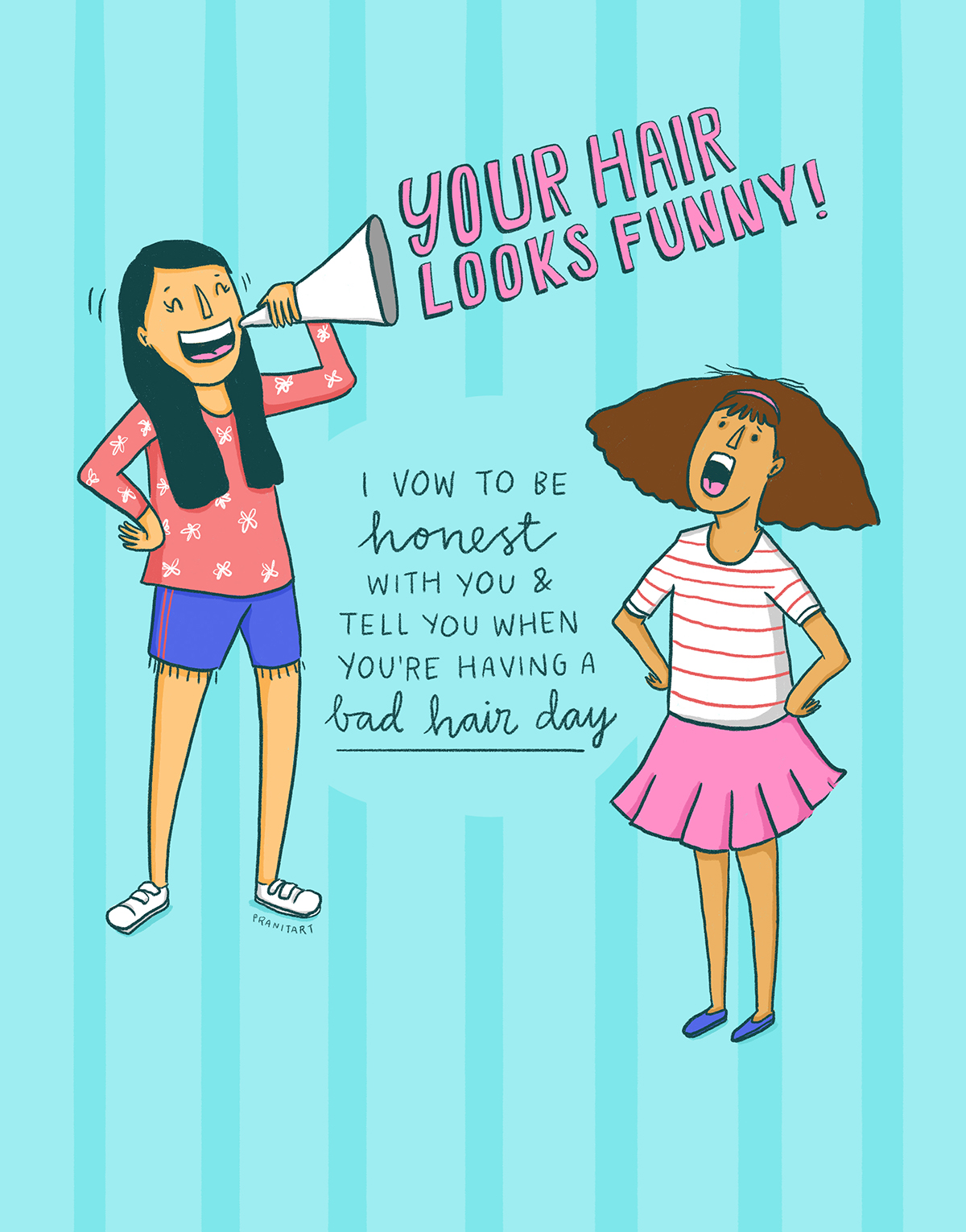
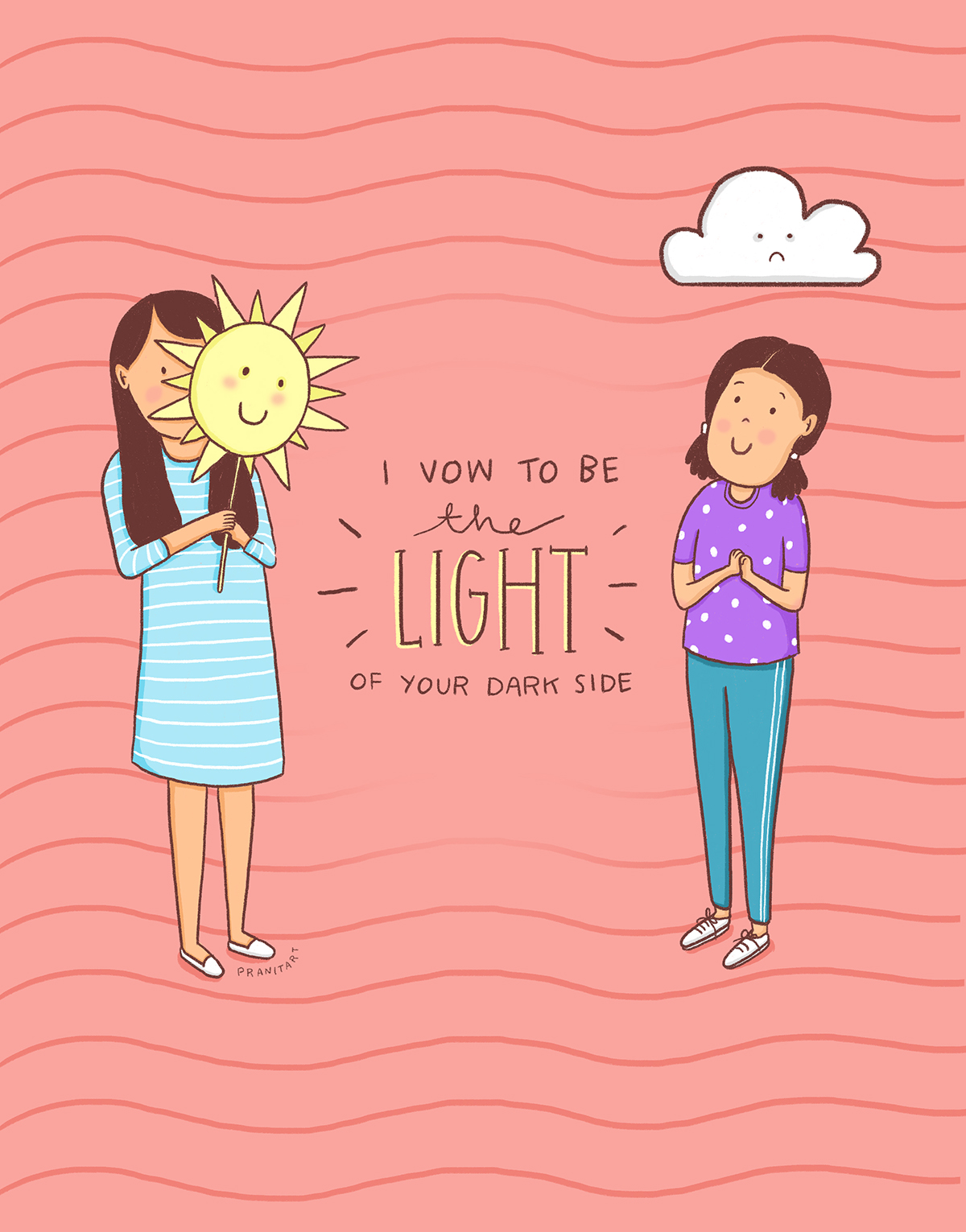
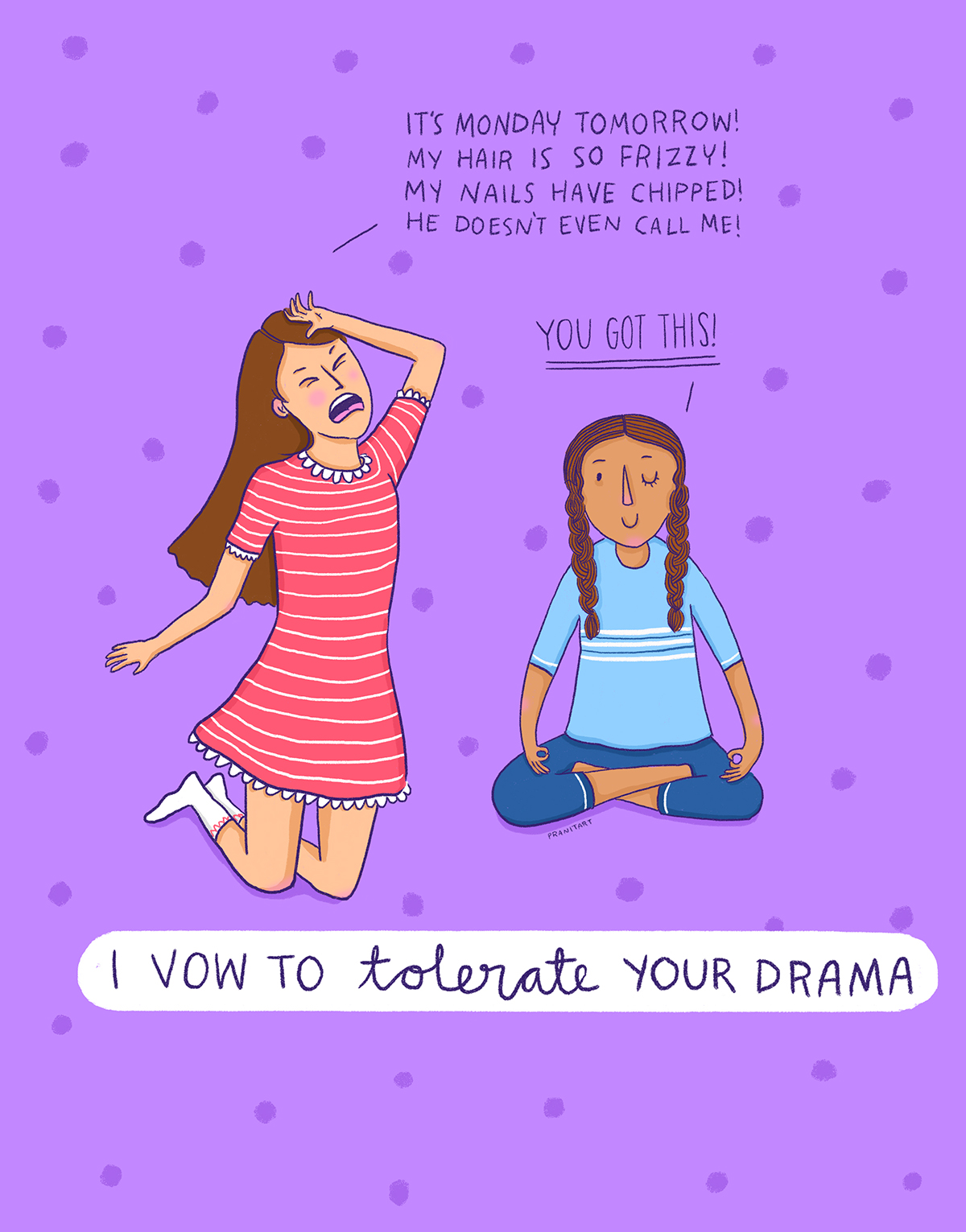
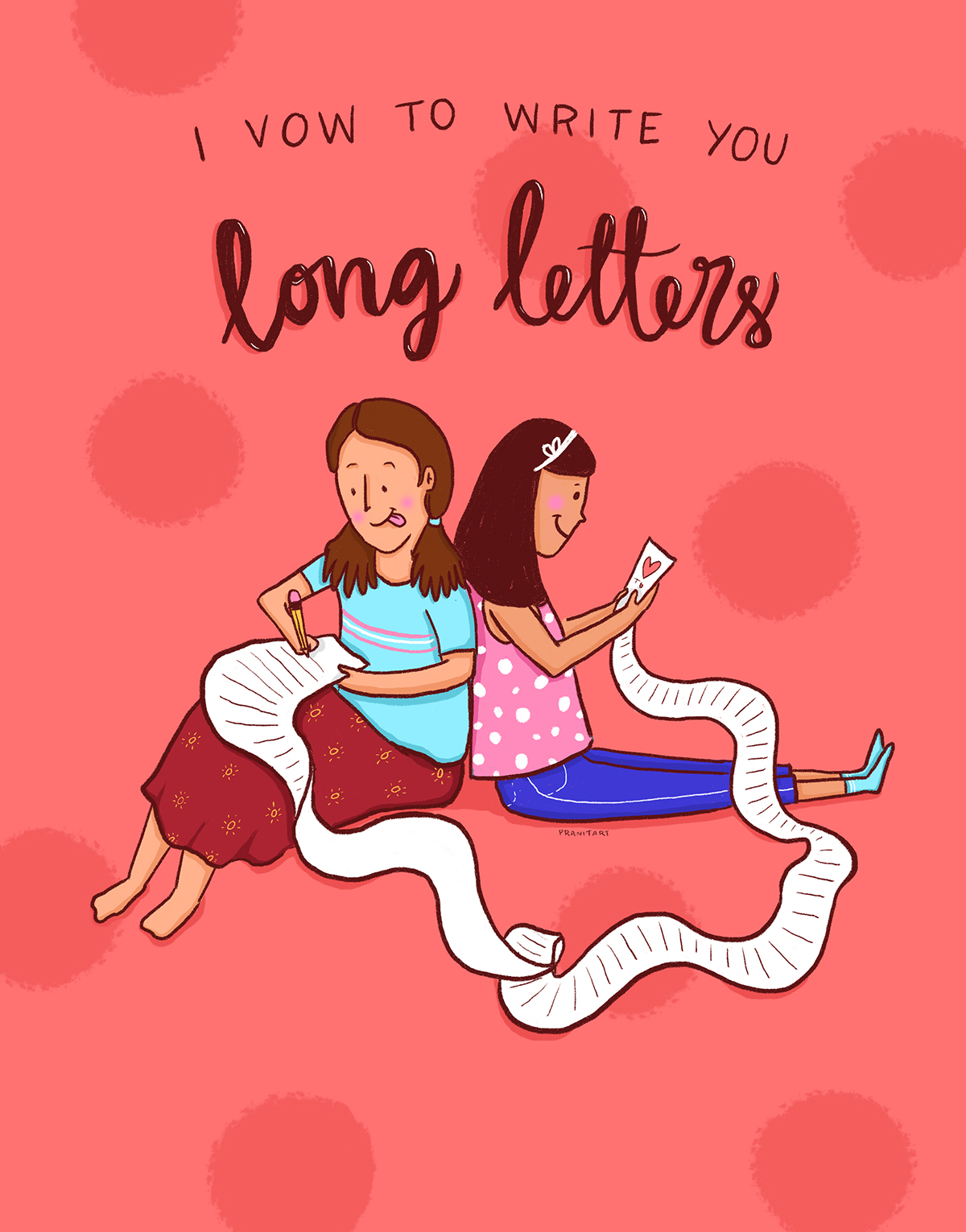
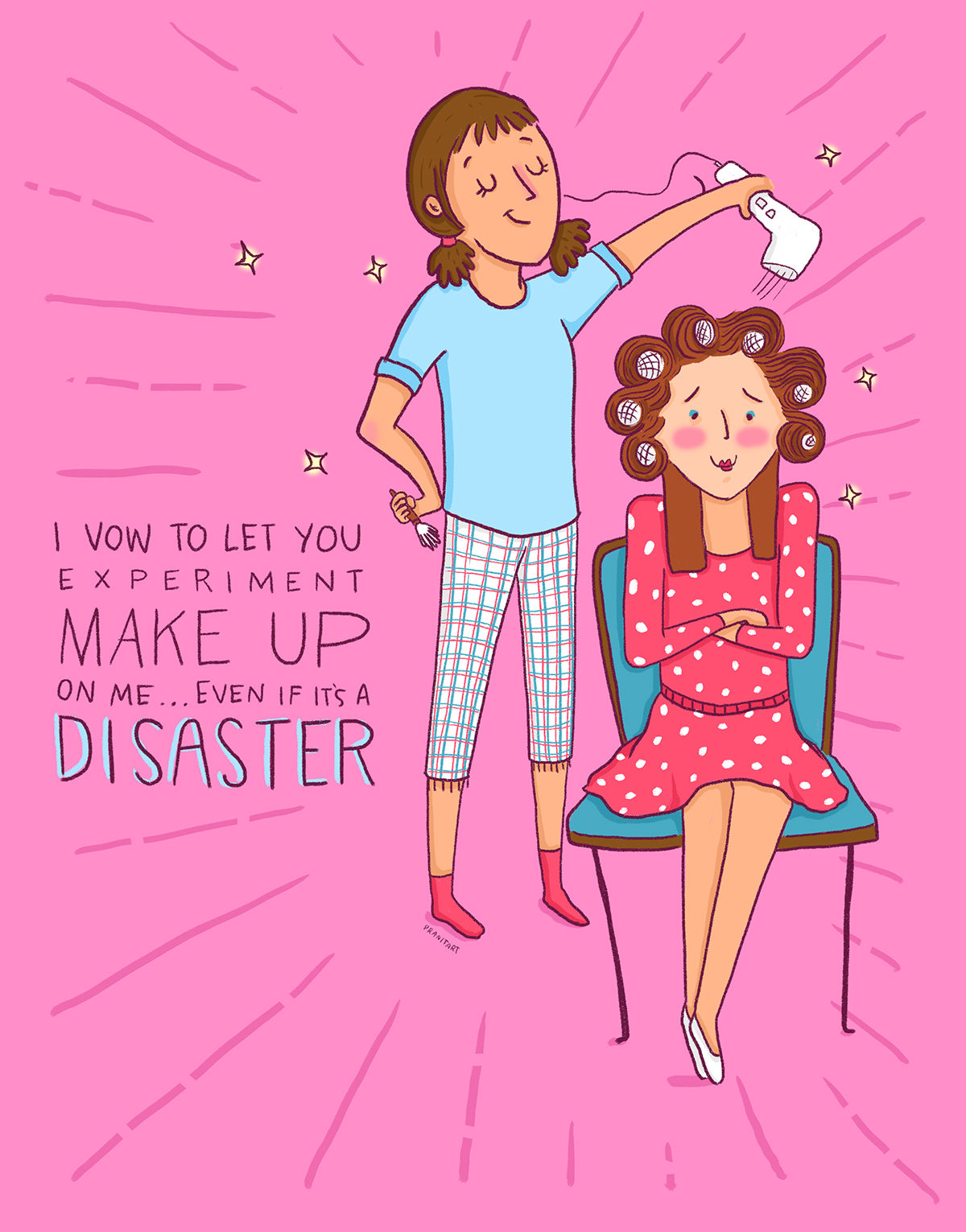
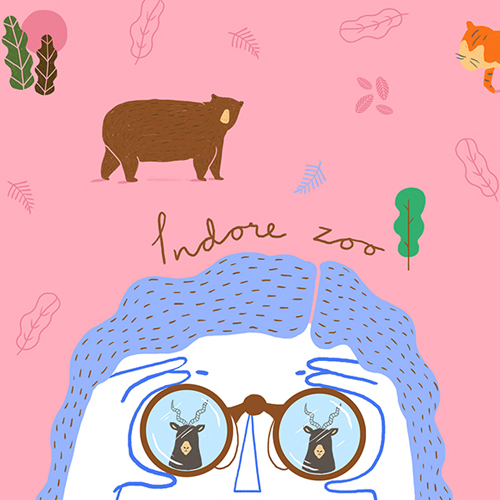
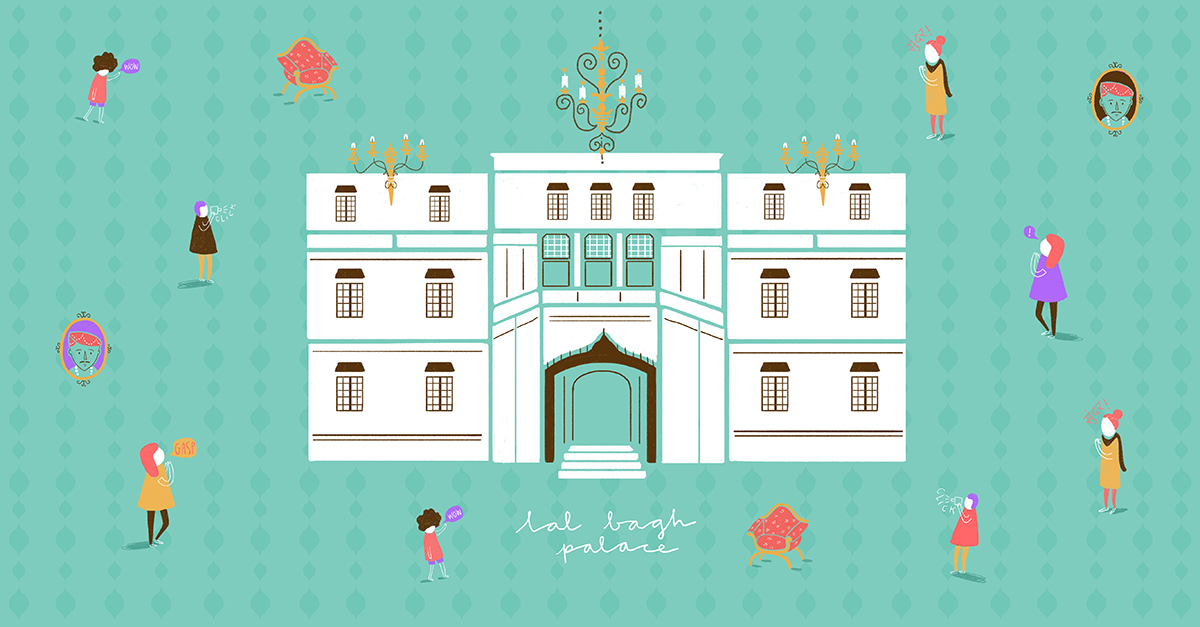


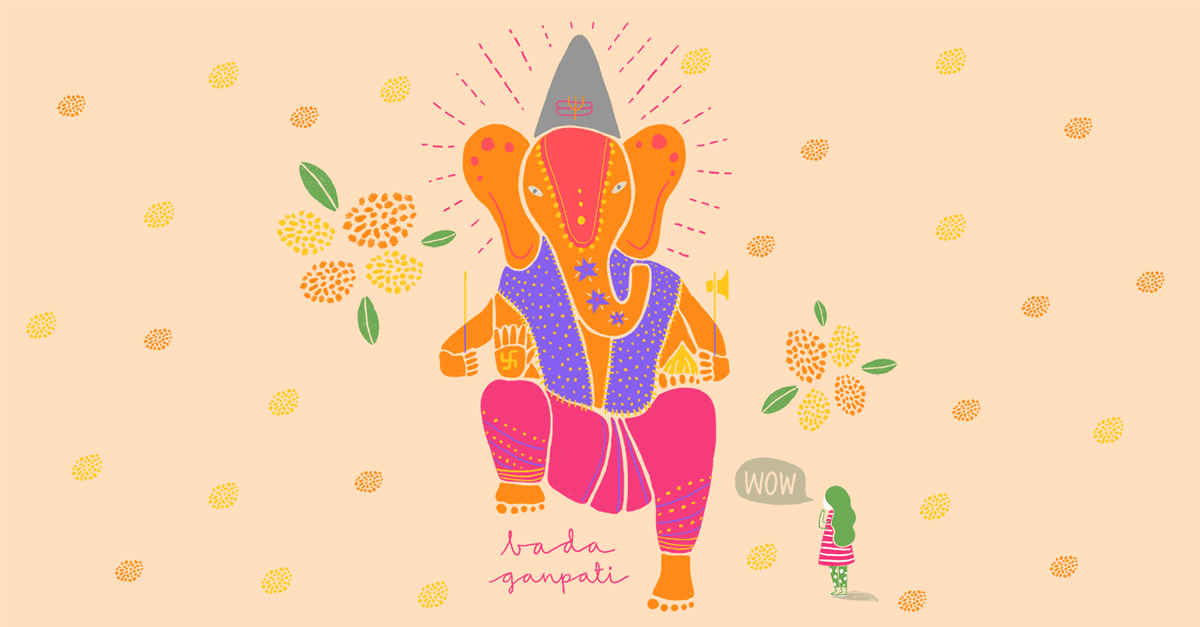
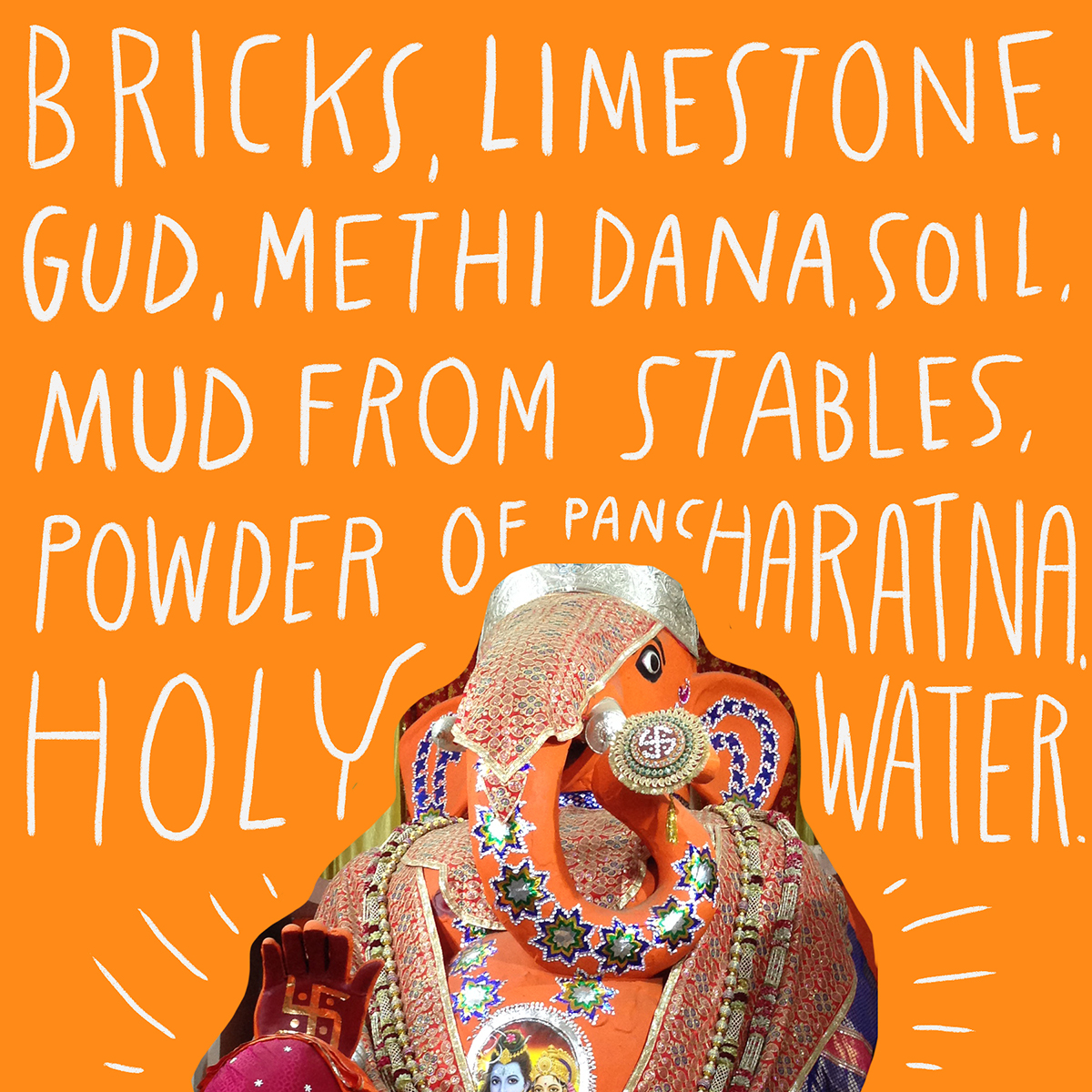

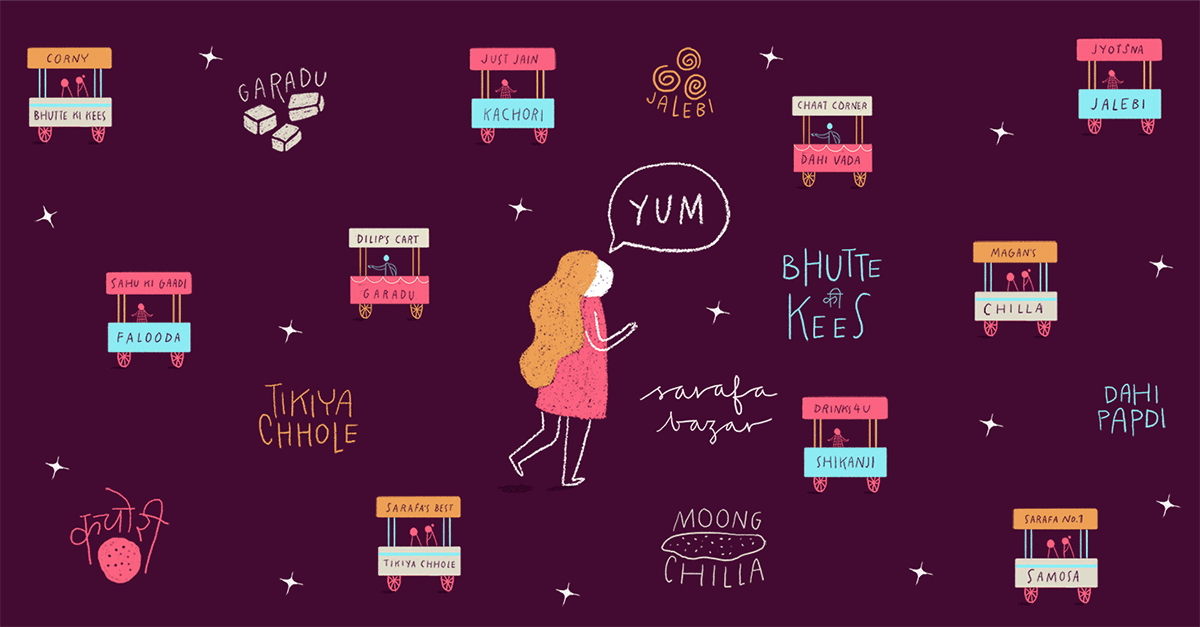
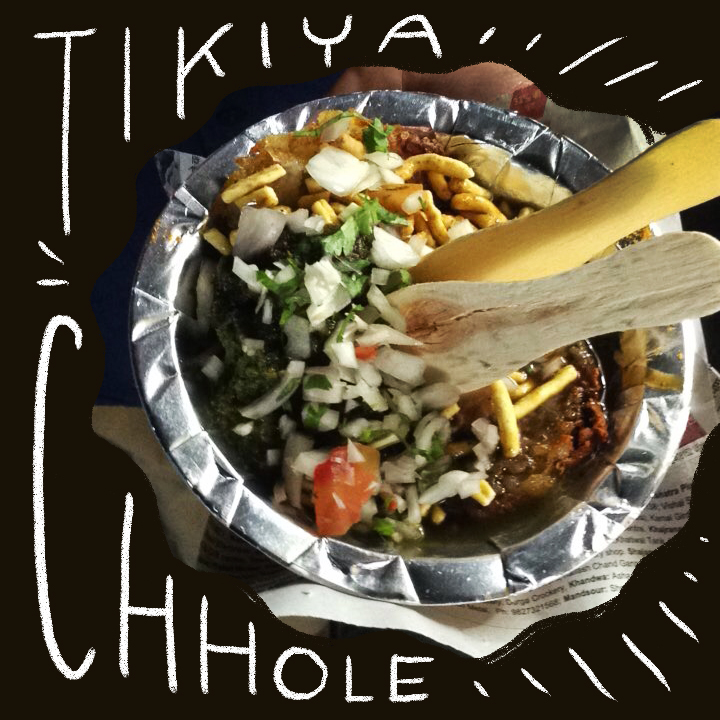
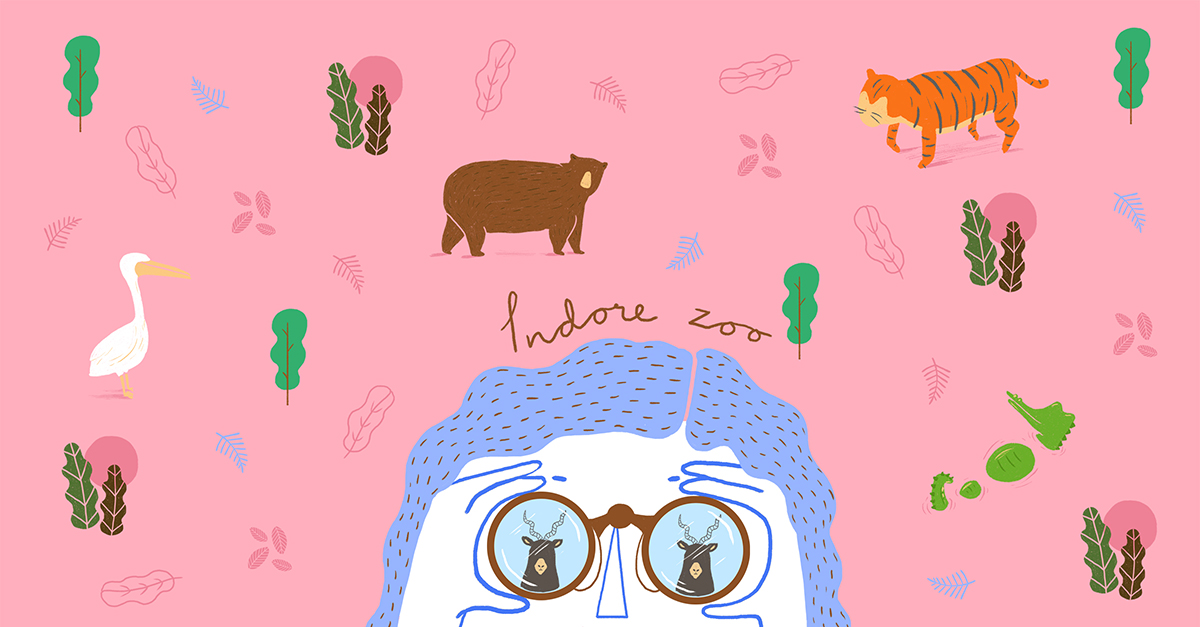
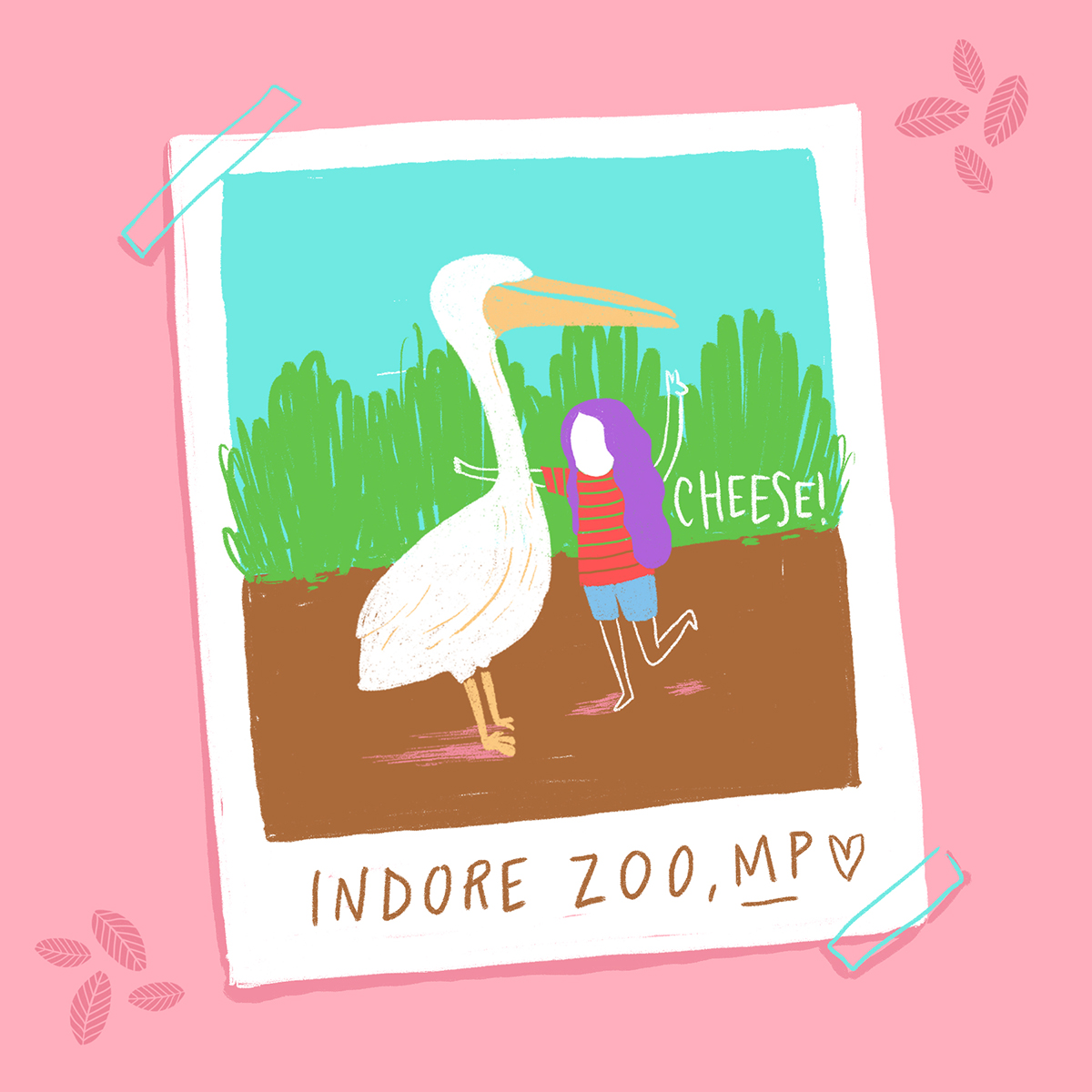
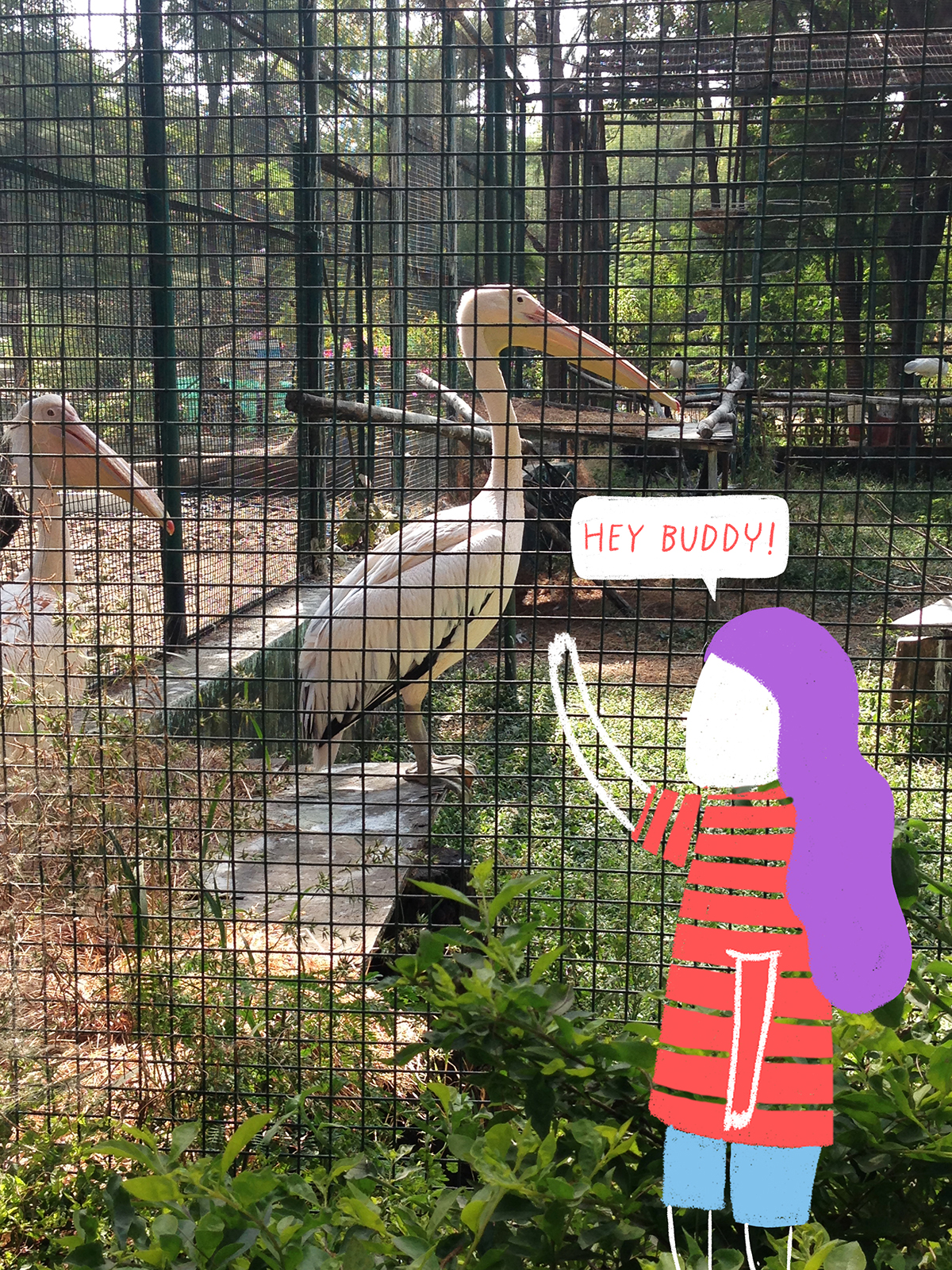

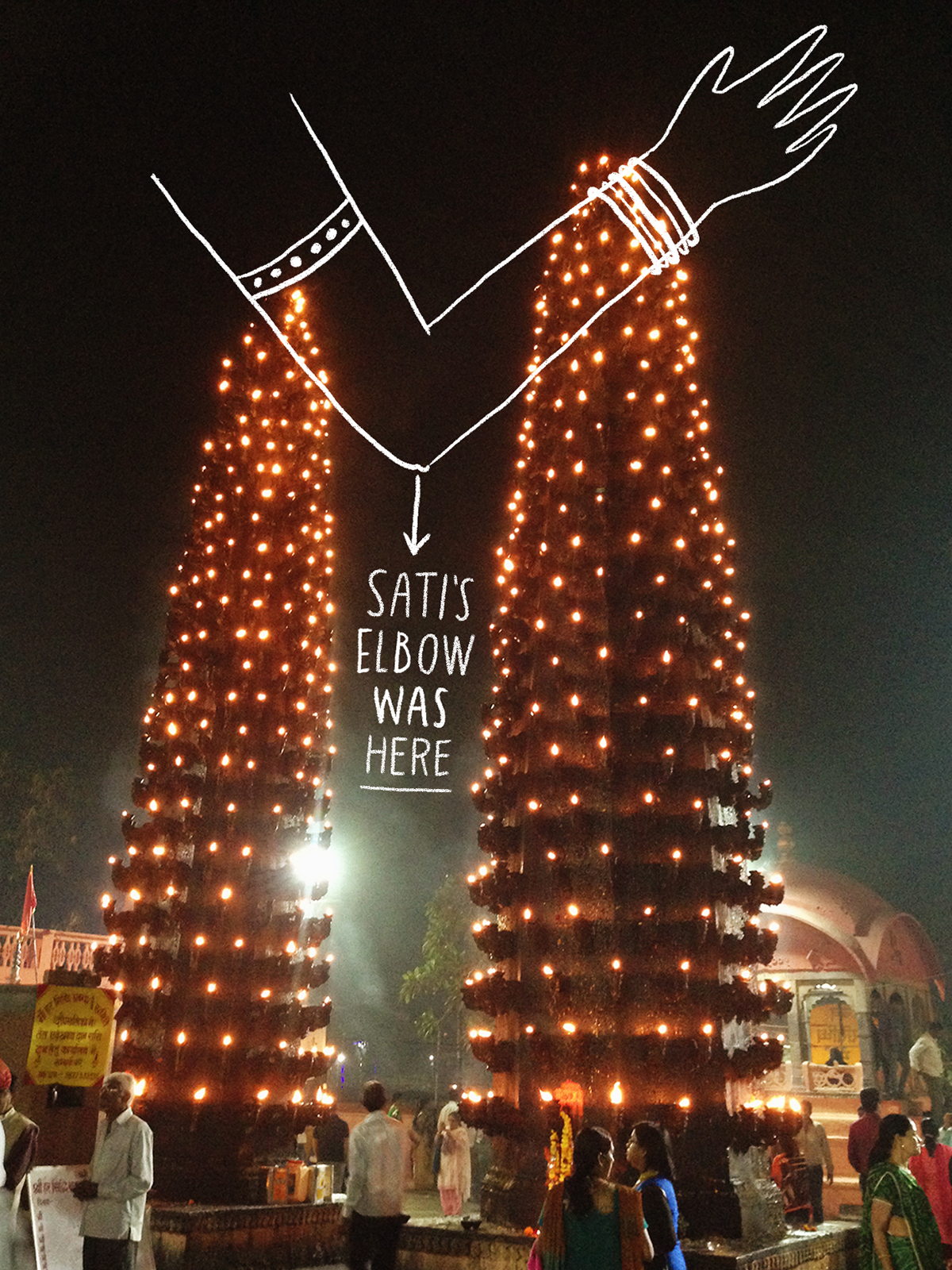

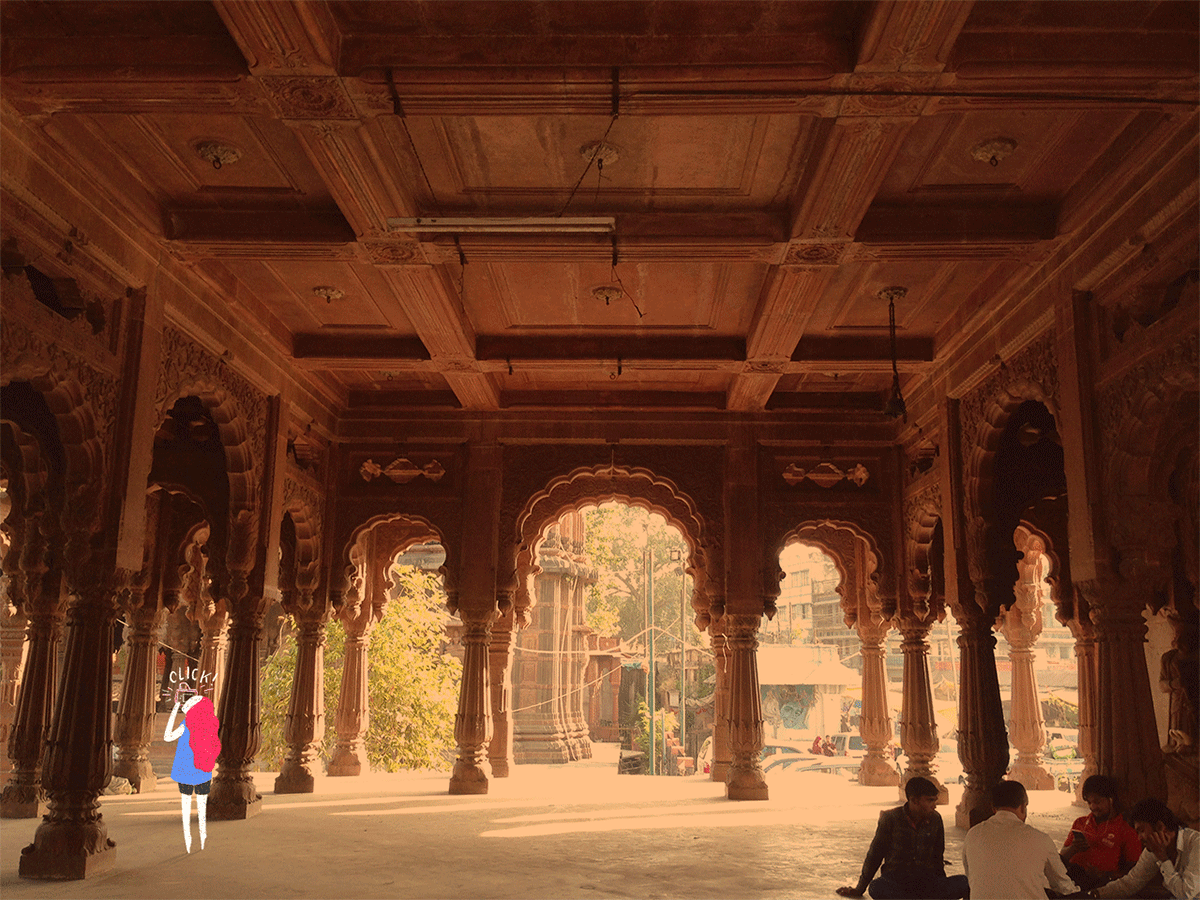
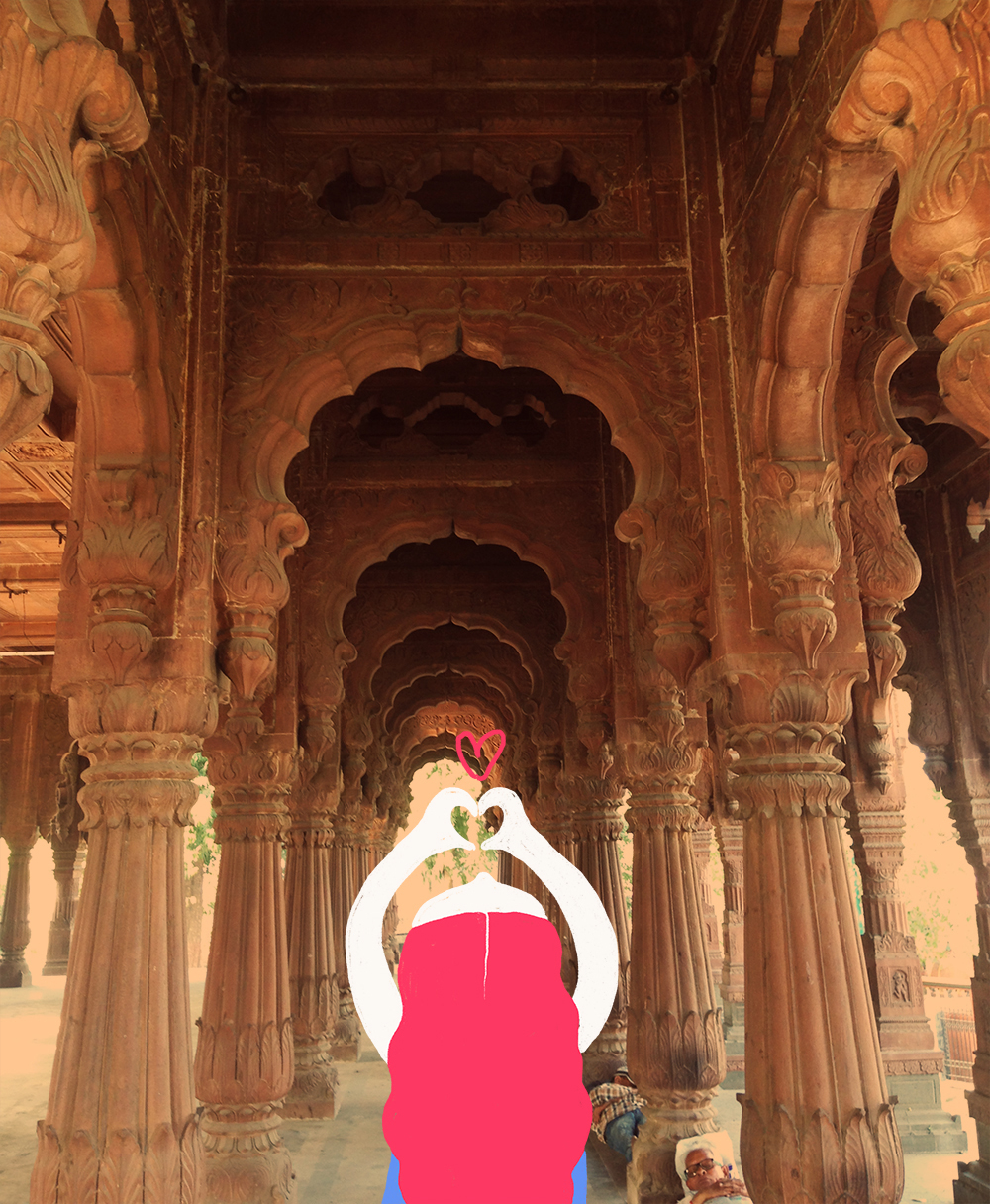
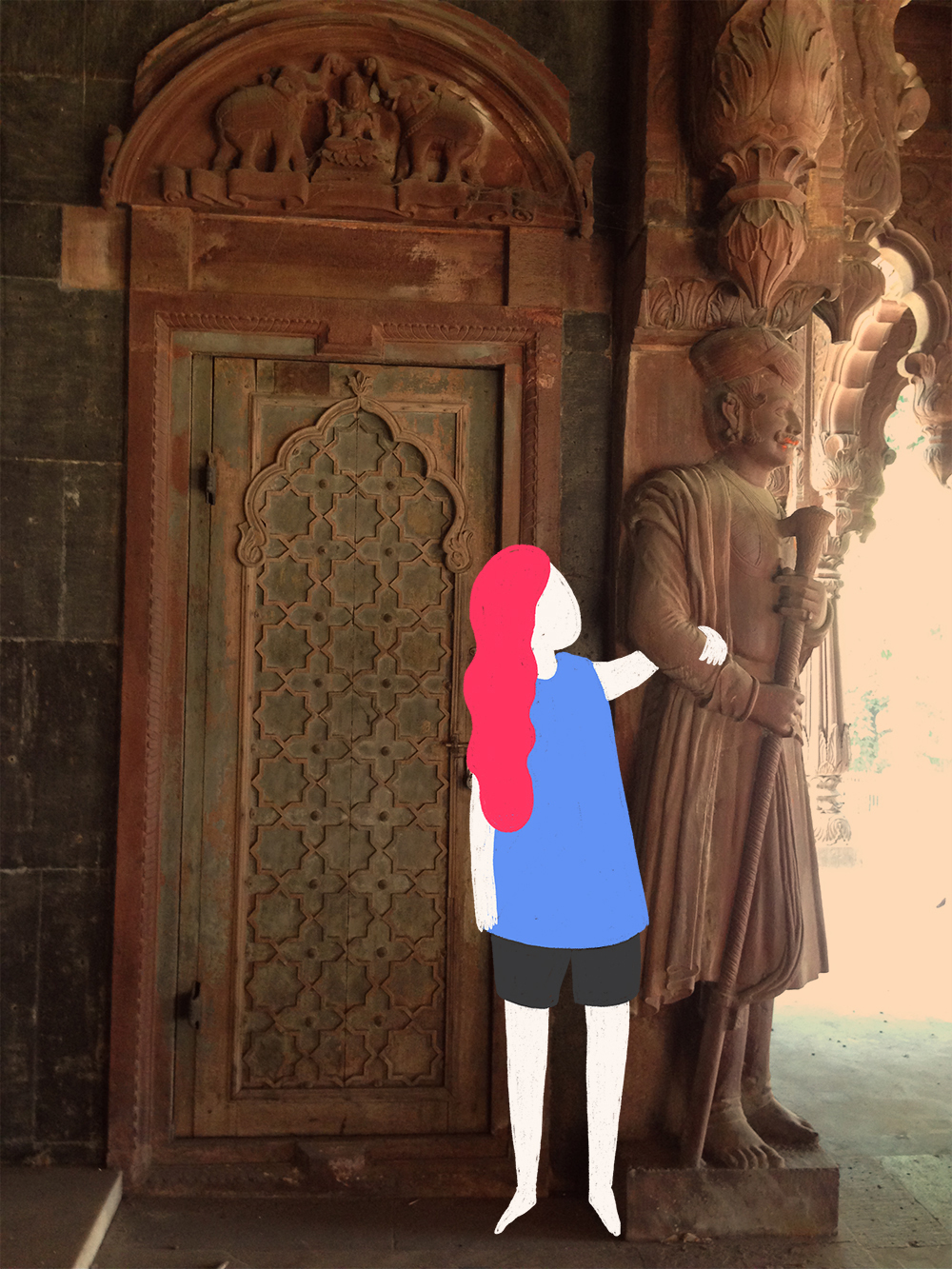
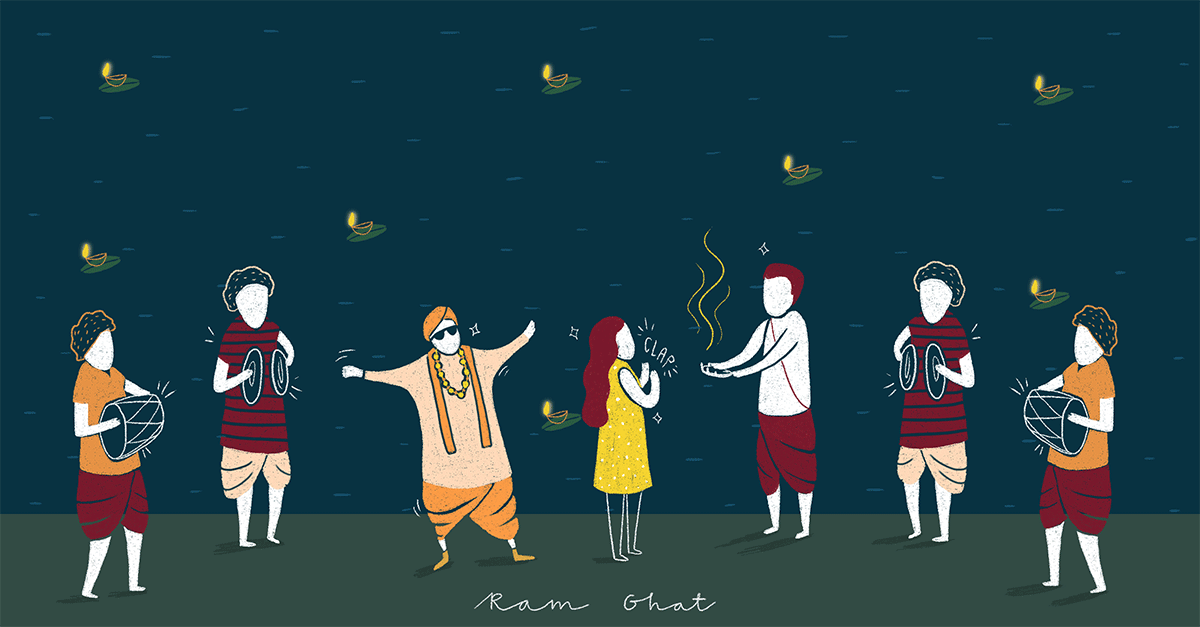

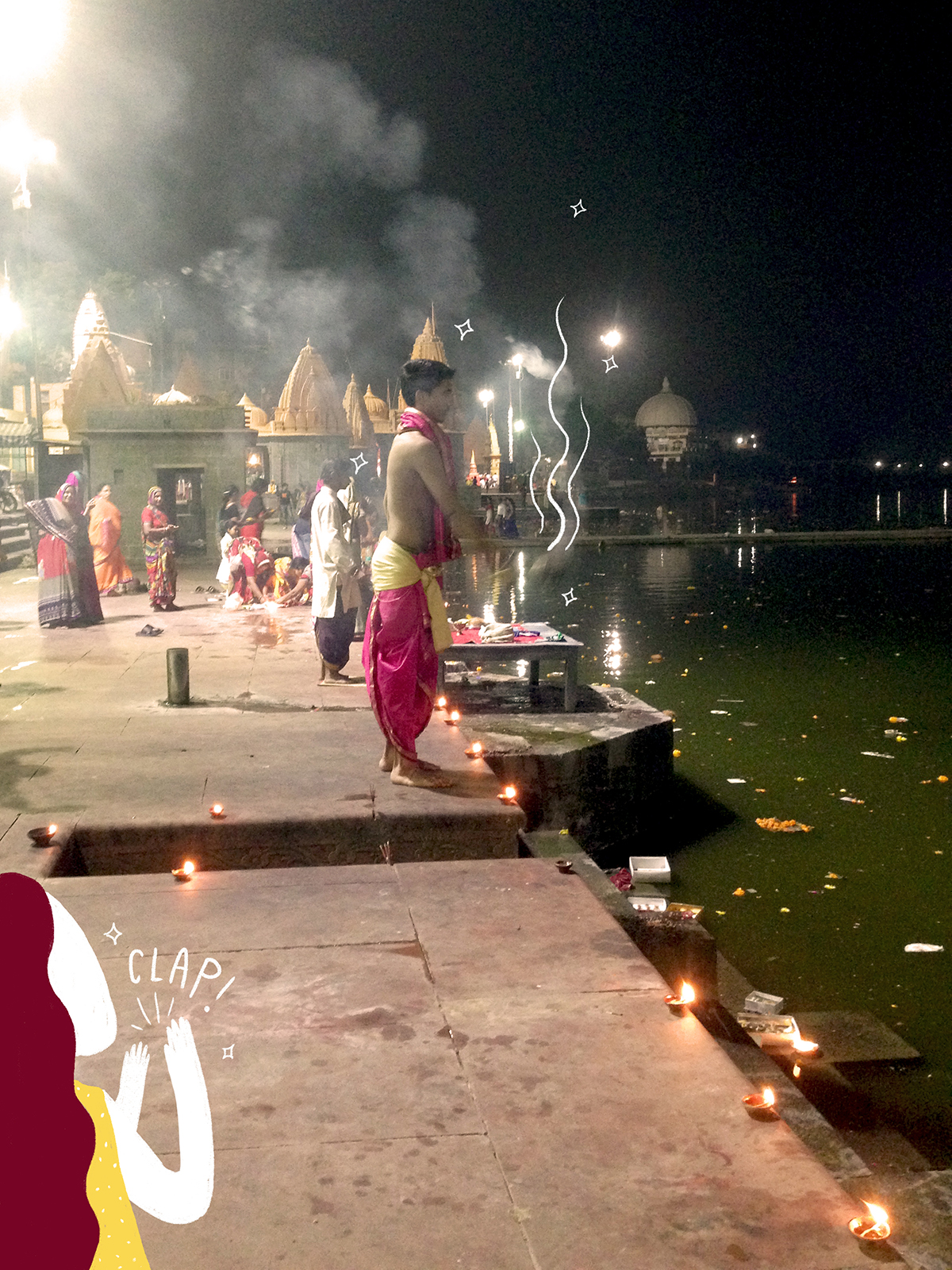
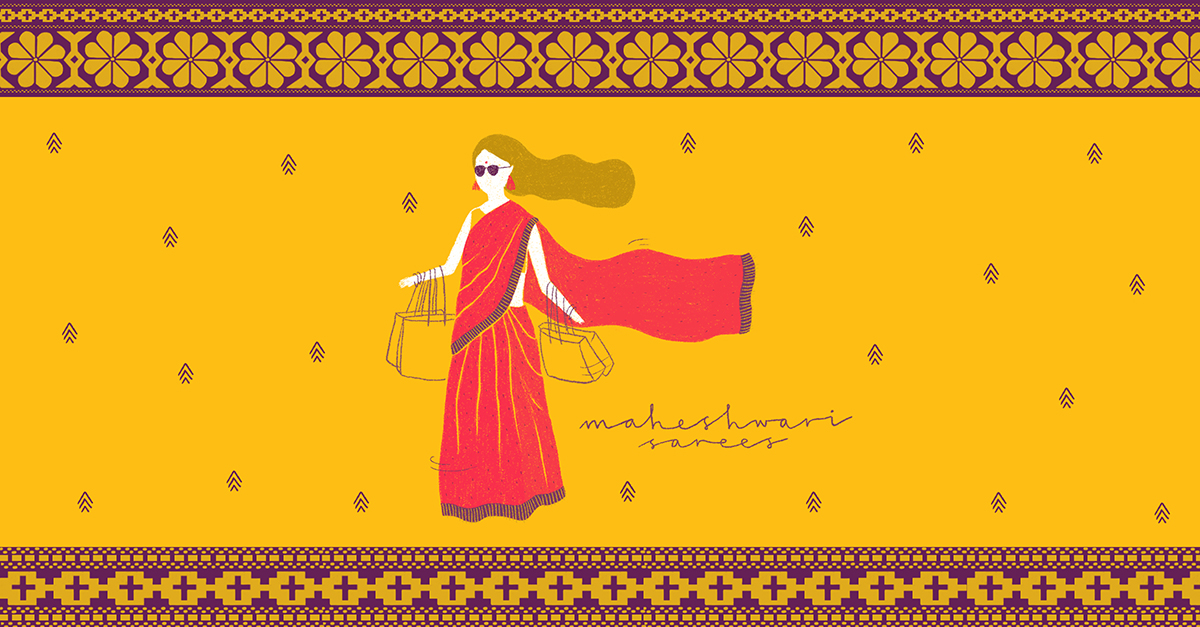
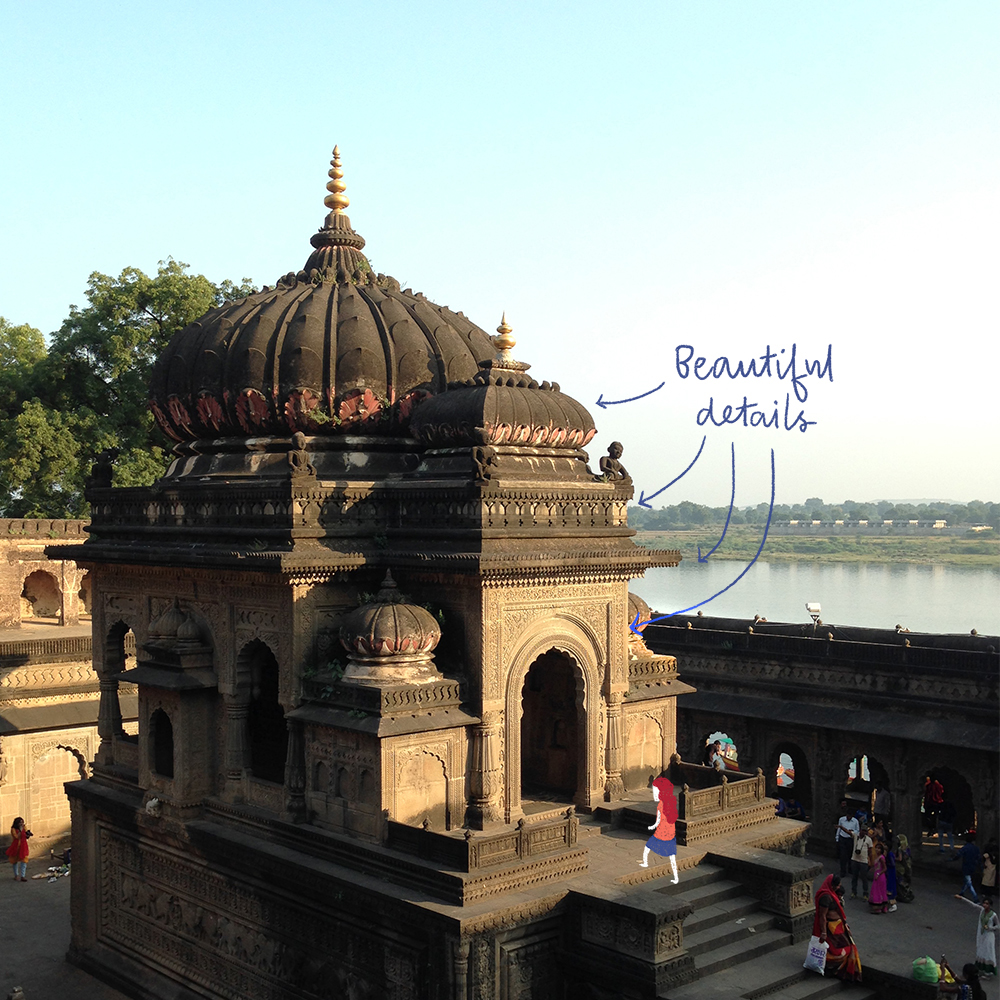
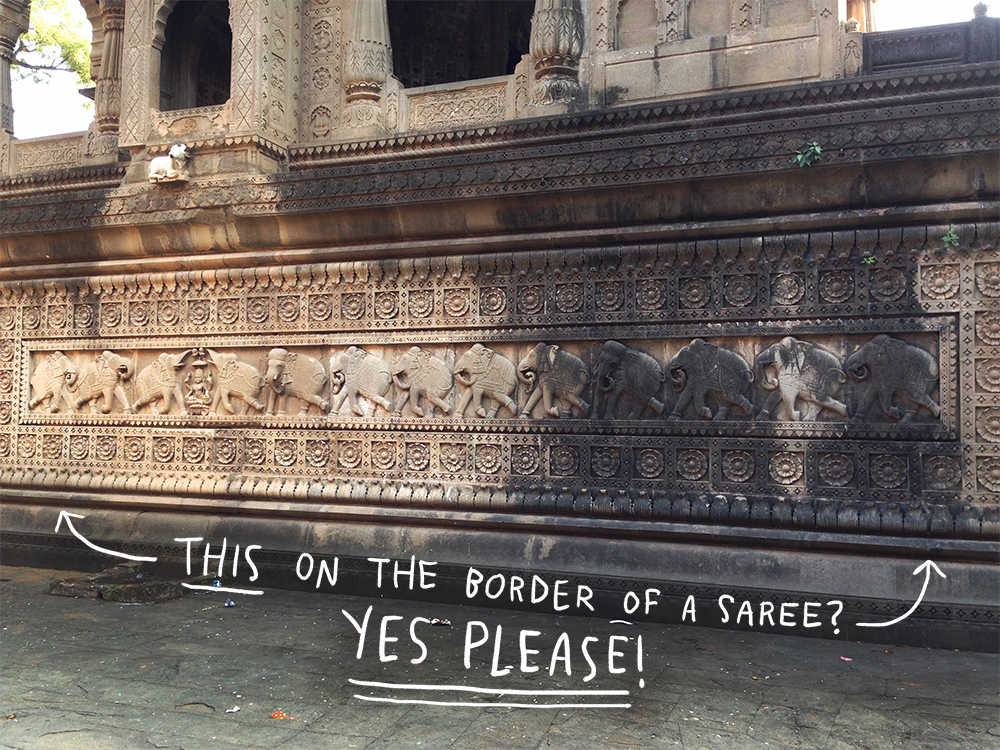

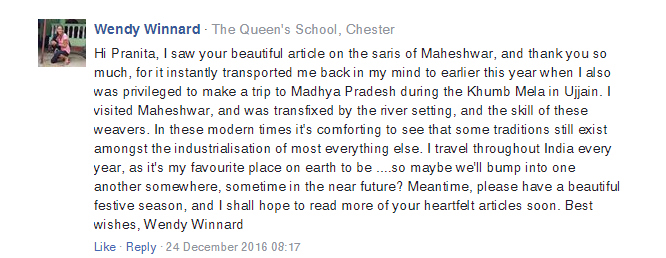
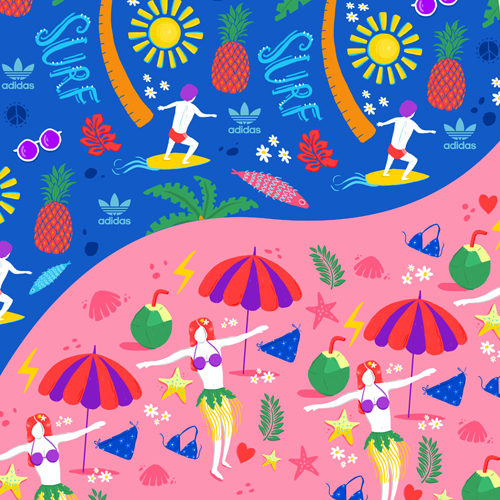

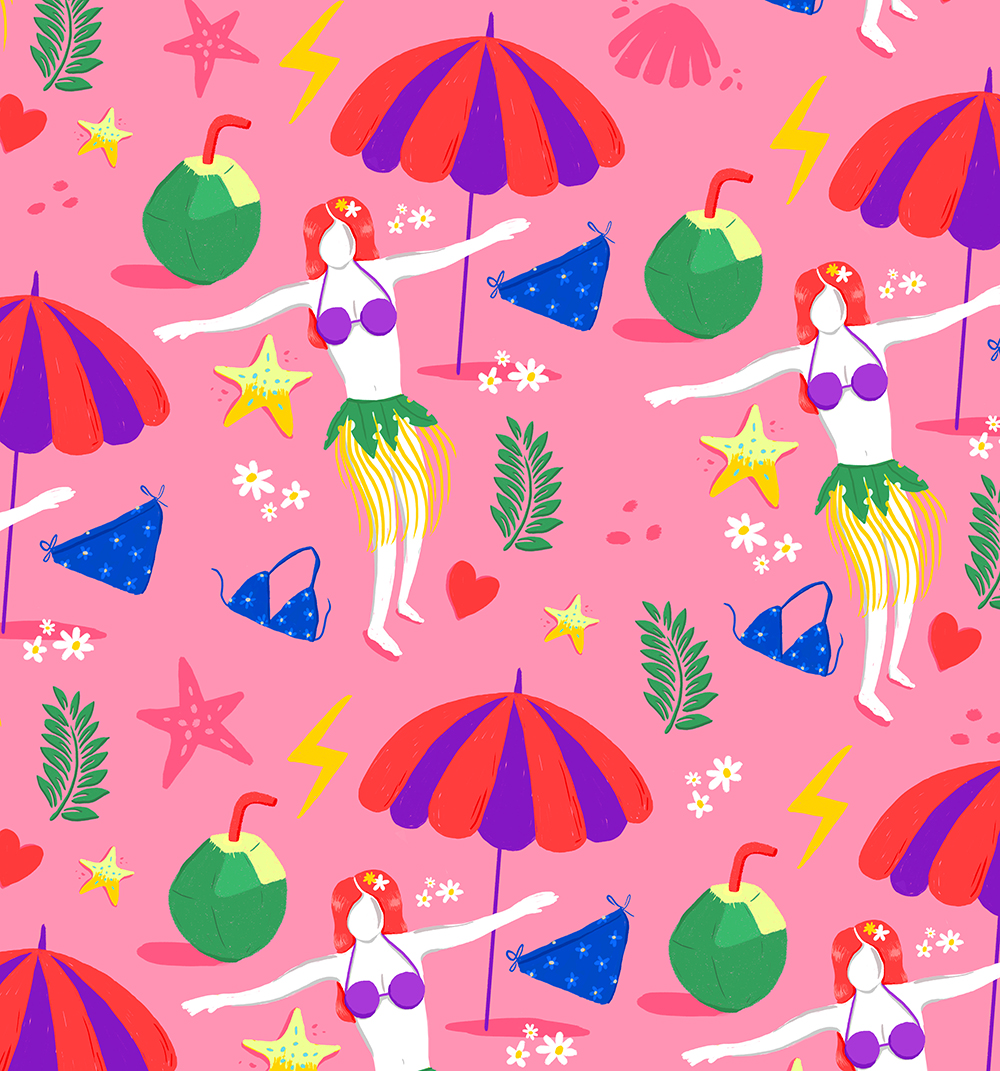 close up
close up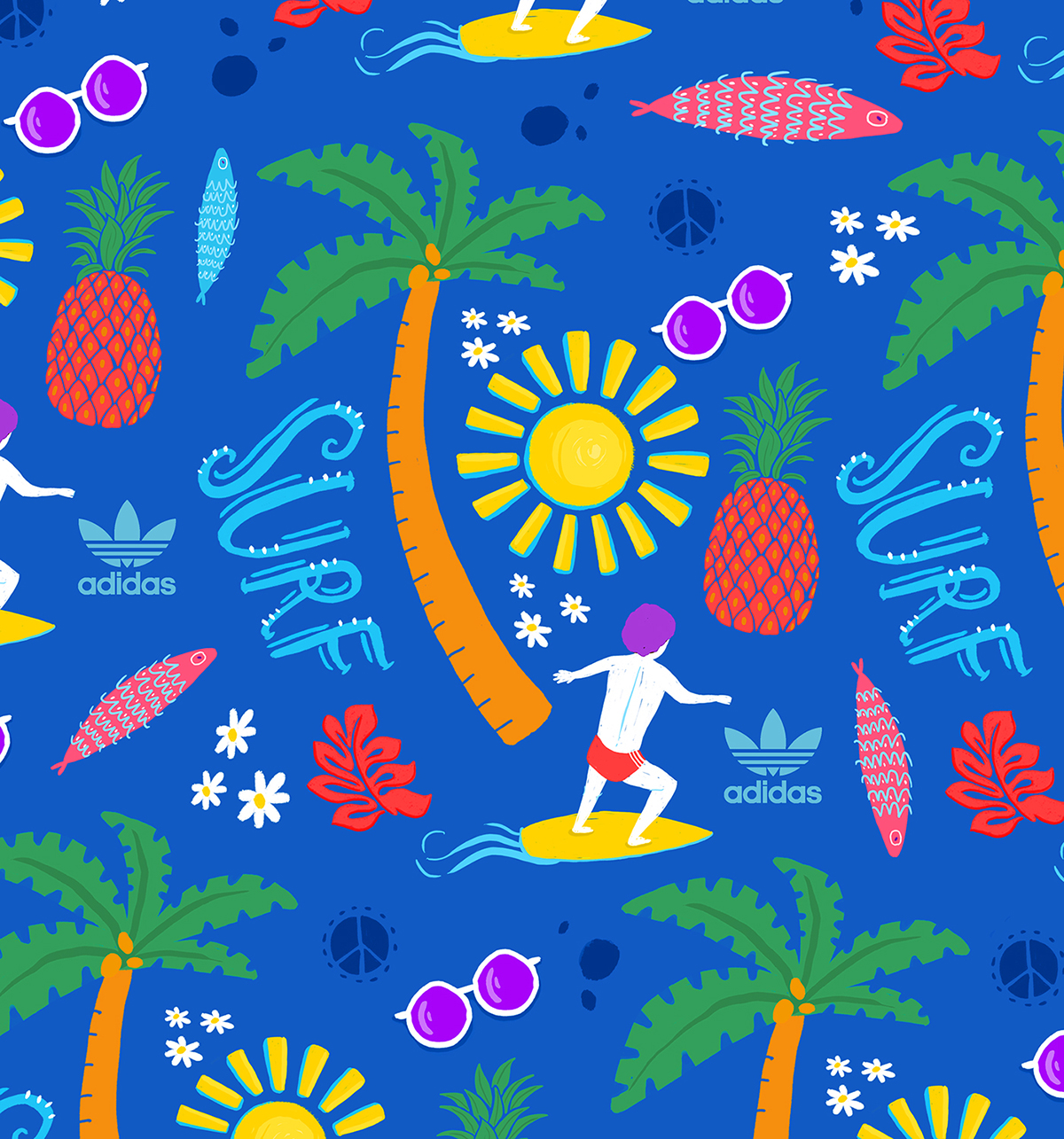 close up
close up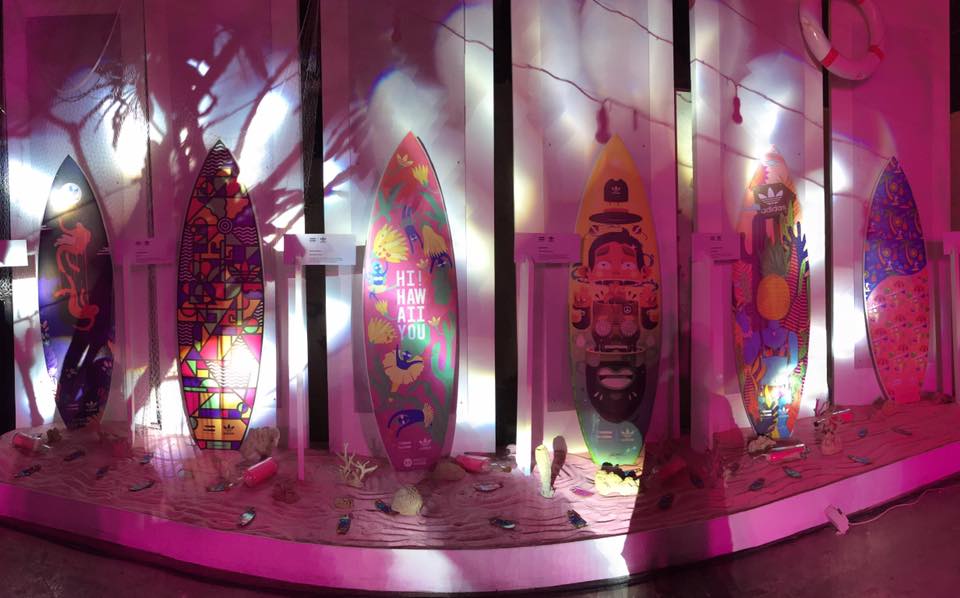 Surfboards designed by 6 artists at the launch party [photo credits: animal]
Surfboards designed by 6 artists at the launch party [photo credits: animal]